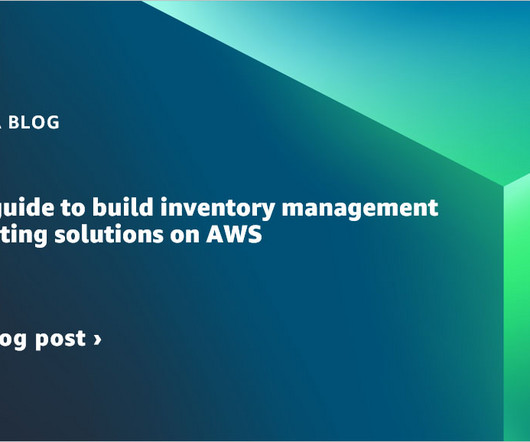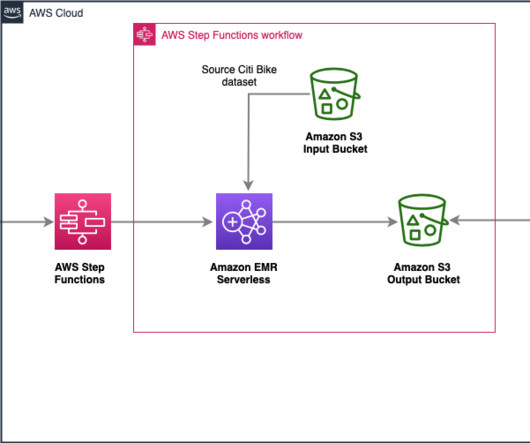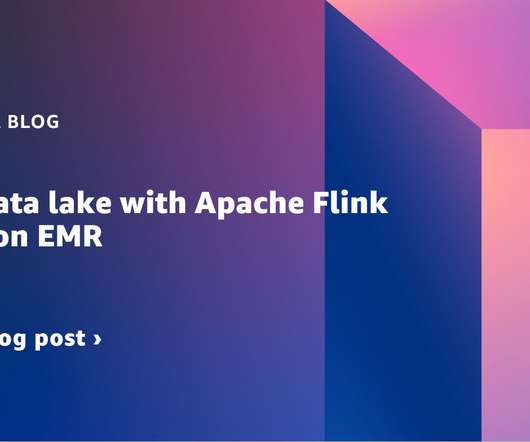Reference guide to build inventory management and forecasting solutions on AWS
AWS Big Data
APRIL 11, 2023
Such a solution should use the latest technologies, including Internet of Things (IoT) sensors, cloud computing, and machine learning (ML), to provide accurate, timely, and actionable data. To take advantage of this data and build an effective inventory management and forecasting solution, retailers can use a range of AWS services.














Let's personalize your content